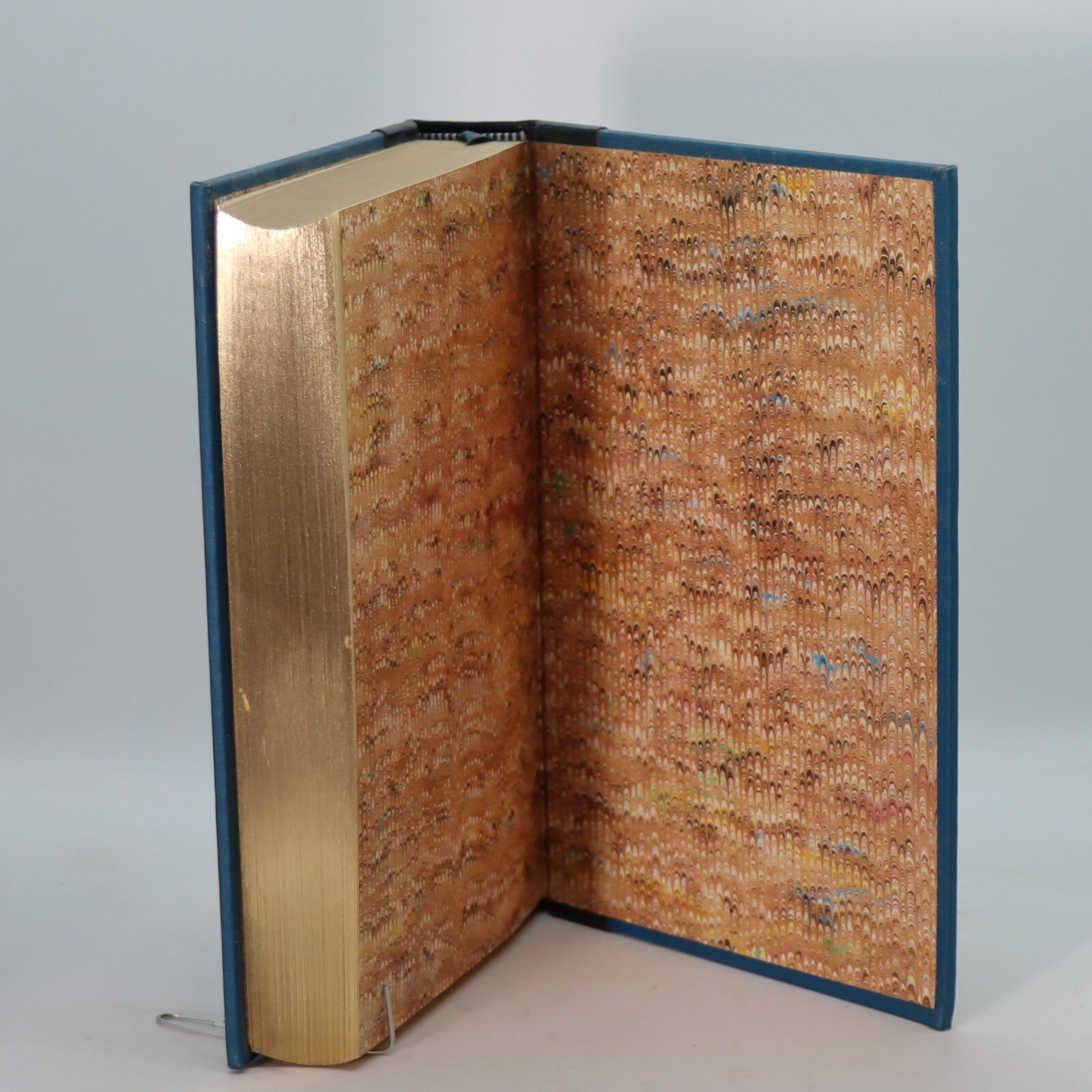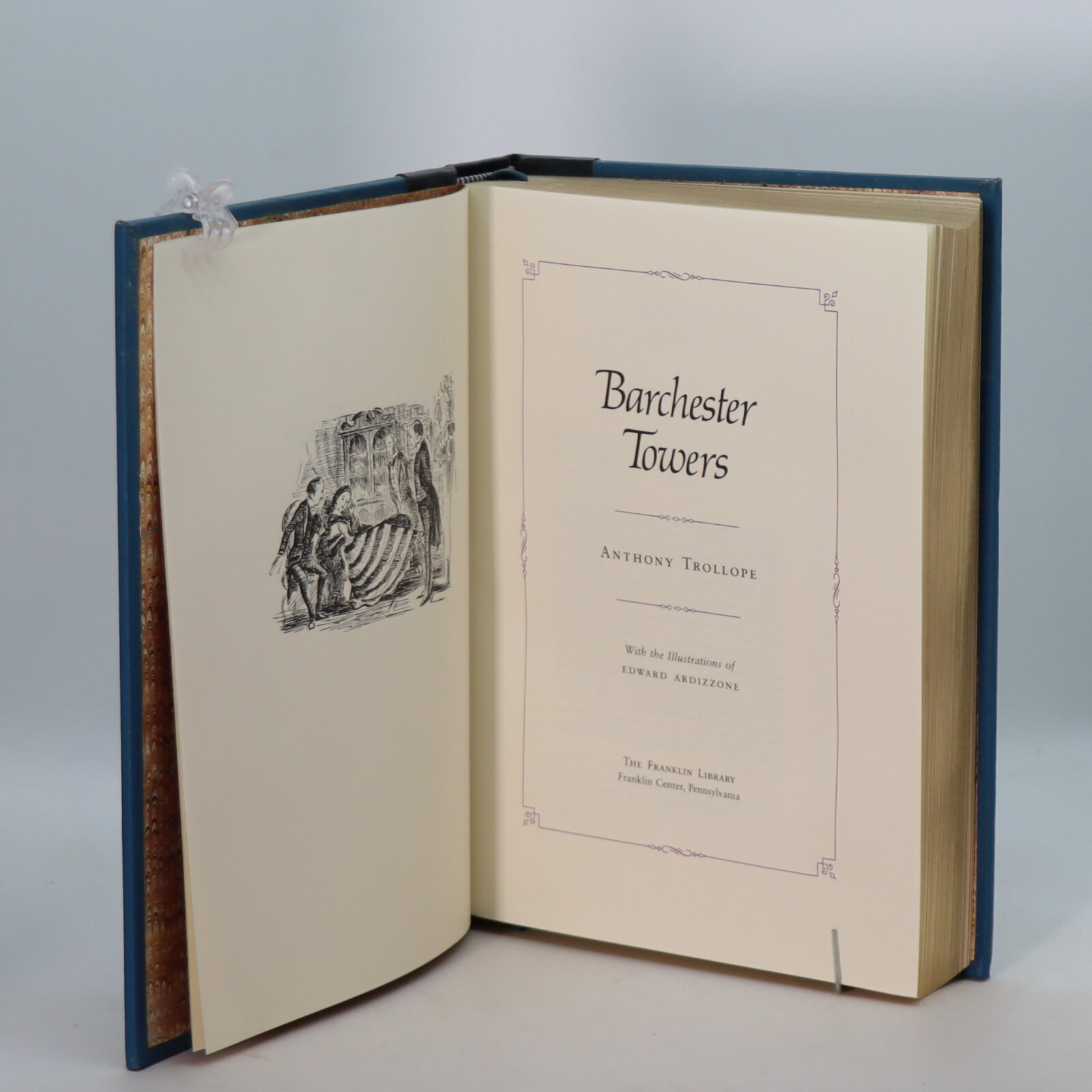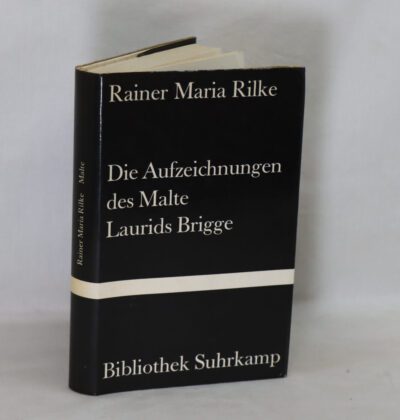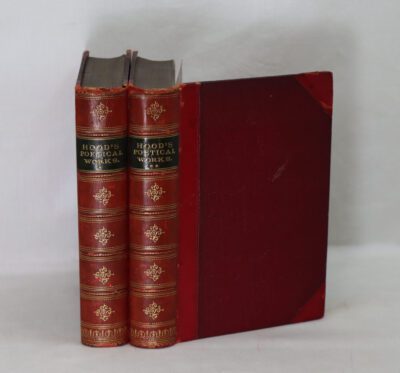Barchester Towers.
By Anthony Trollope
ISBN: 9780191643873
Printed: 1982
Publisher: The Franklin Library. Pennsylvania
| Dimensions | 17 × 23 × 4 cm |
|---|---|
| Language |
Language: English
Size (cminches): 17 x 23 x 4
Condition: Fine (See explanation of ratings)
Your items
Item information
Description
Navy leather spine with gilt title and decoration. Turquoise boards with gilt design. All edges gilt.
F.B.A. provides an in-depth photographic presentation of this item to stimulate your feel and touch. More traditional book descriptions are immediately available.
An excellently produced book
Barchester Towers is a novel by English author Anthony Trollope published by Longmans in 1857. It is the second book in the Chronicles of Barsetshire series, preceded by The Warden and followed by Doctor Thorne. Among other things it satirises the antipathy in the Church of England between High Church and Evangelical adherents. Trollope began writing this book in 1855. He wrote constantly and made himself a writing-desk so he could continue writing while travelling by train. “Pray know that when a man begins writing a book he never gives over”, he wrote in a letter during this period. “The evil with which he is beset is as inveterate as drinking – as exciting as gambling”.
In his autobiography, Trollope observed “In the writing of Barchester Towers I took great delight. The bishop and Mrs. Proudie were very real to me, as were also the troubles of the archdeacon and the loves of Mr. Slope”. When he submitted his finished work, his publisher, William Longman, initially turned it down, finding much of it to be full of “vulgarity and exaggeration”. Recent critics offer a more sanguine opinion, “Barchester Towers is many readers’ favourite Trollope”, wrote The Guardian, which included it in its list of “1000 novels everyone must read”.
Anthony Trollope 24 April 1815 – 6 December 1882 was an English novelist and civil servant of the Victorian era. Among his best-known works is a series of novels collectively known as the Chronicles of Barsetshire, which revolves around the imaginary county of Barsetshire. He also wrote novels on political, social, and gender issues, and other topical matters.
Trollope’s literary reputation dipped somewhat during the last years of his life, but he had regained the esteem of critics by the mid-20th century.
Want to know more about this item?
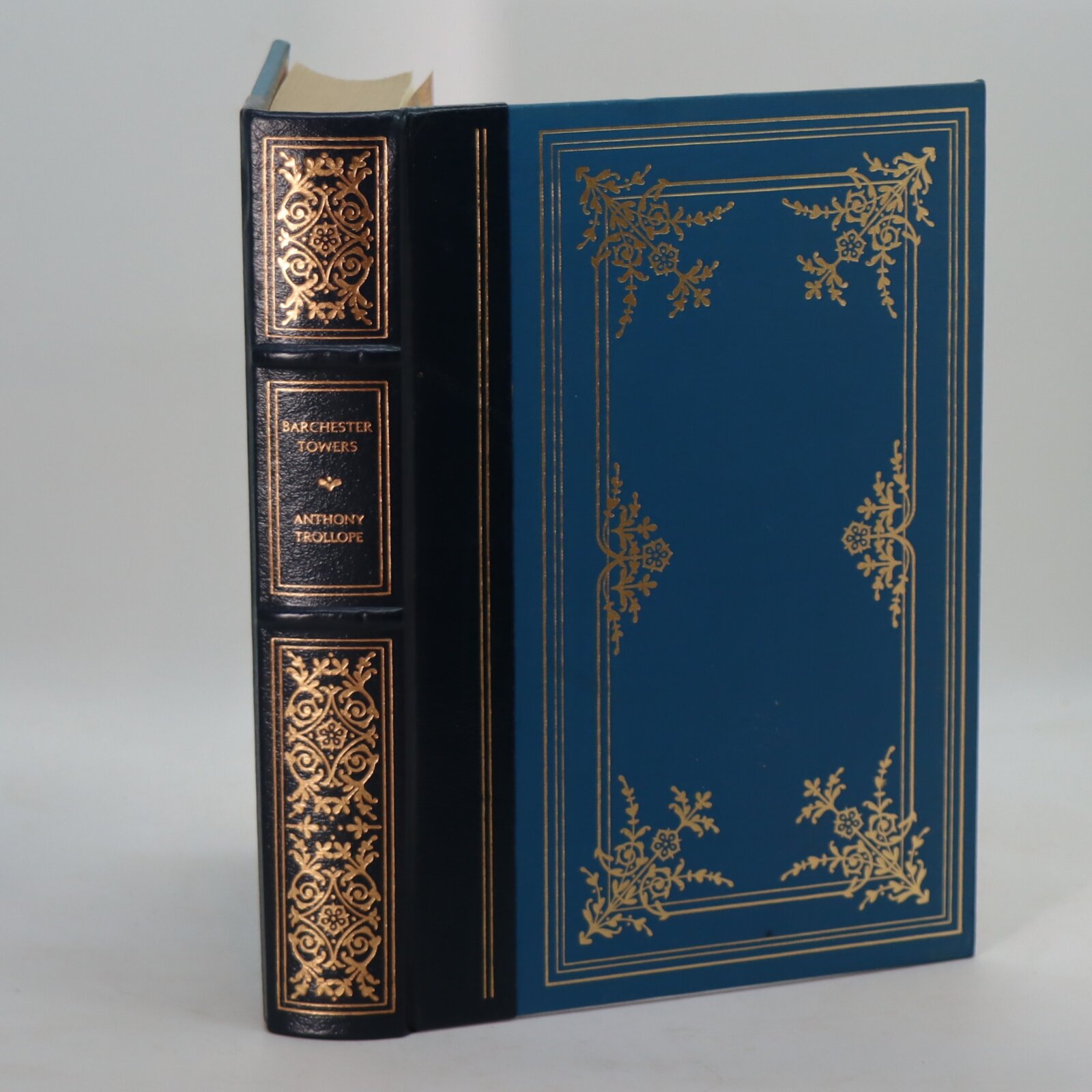
Related products
Share this Page with a friend

